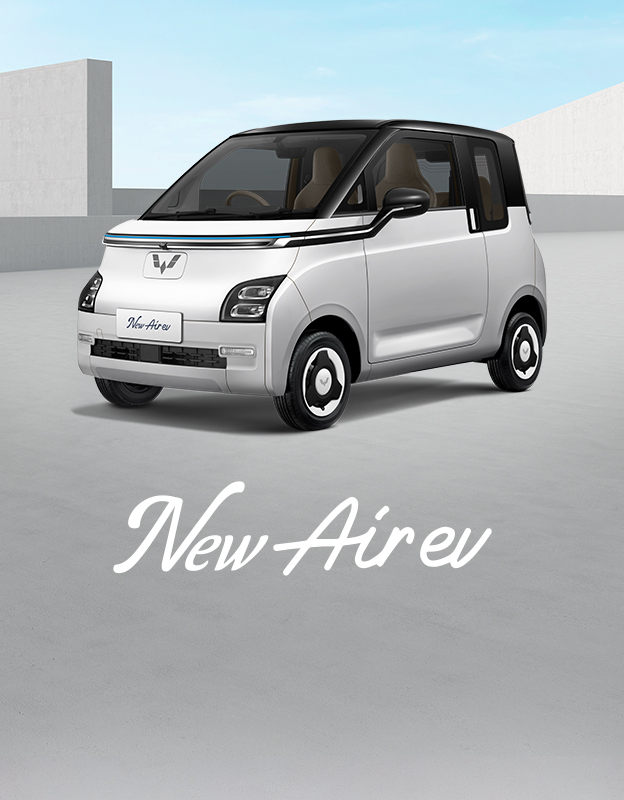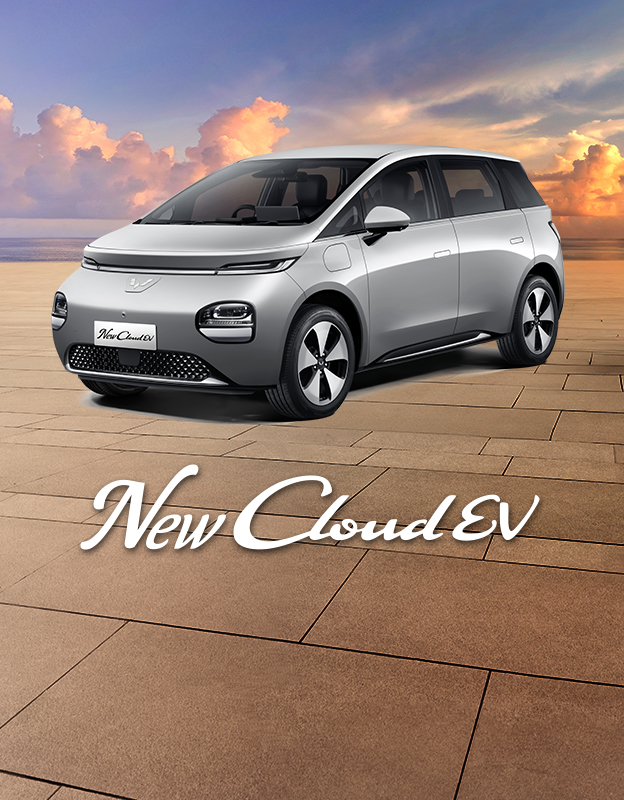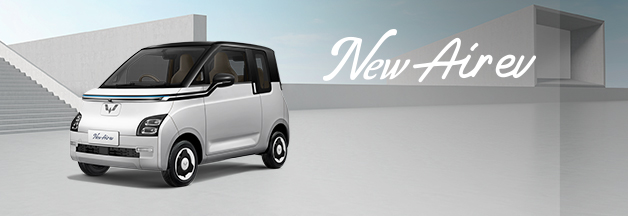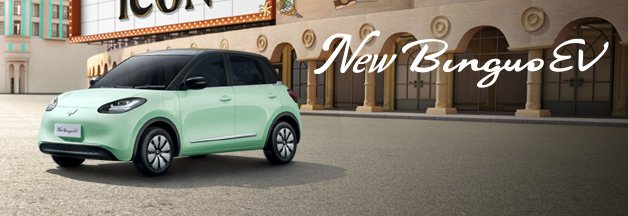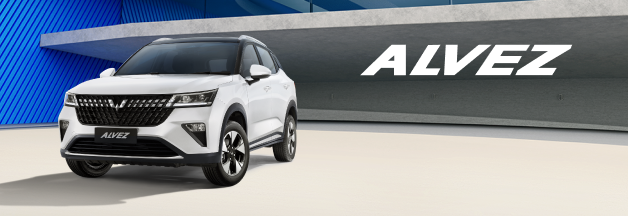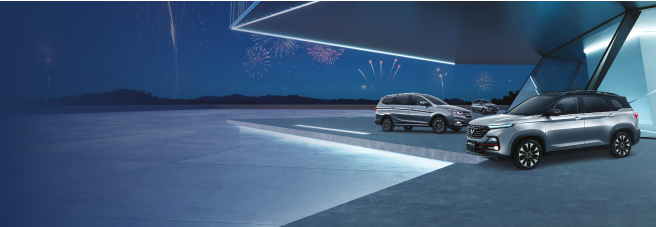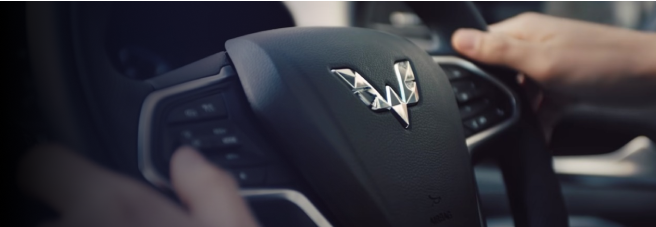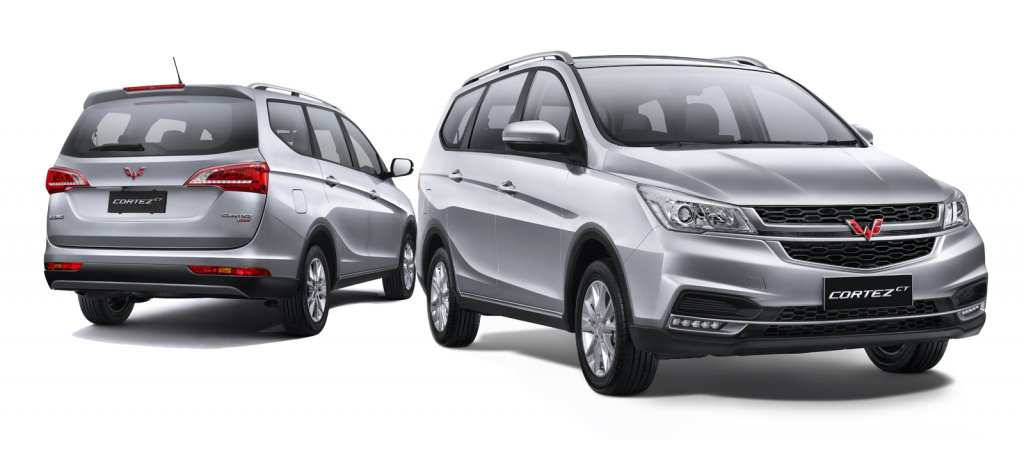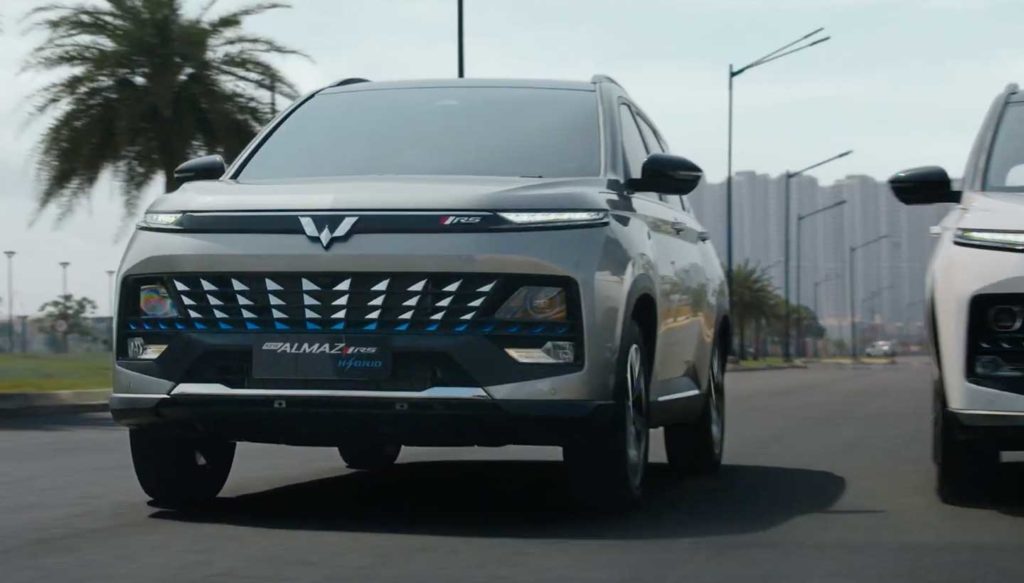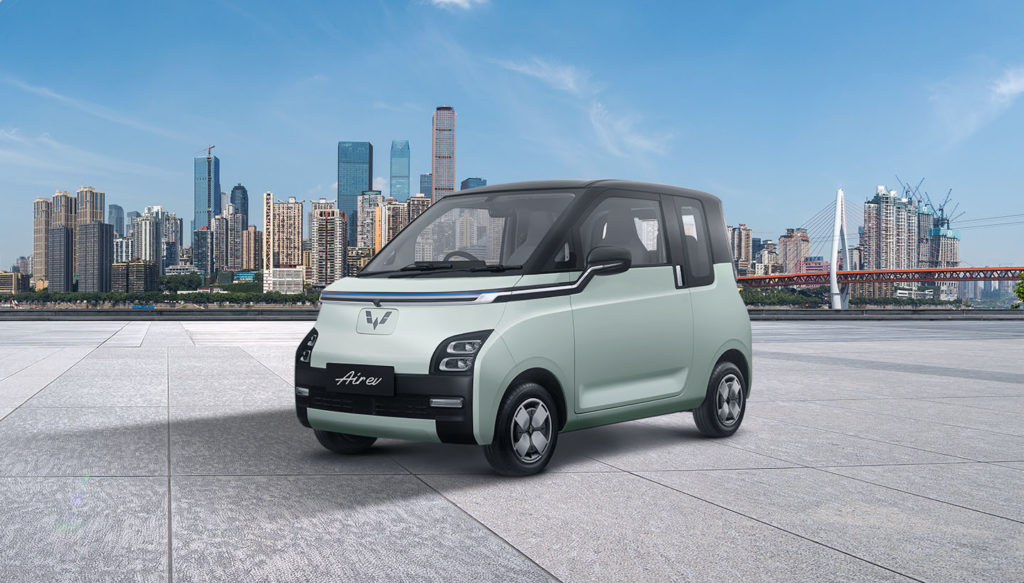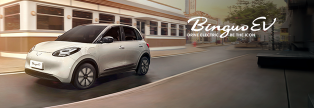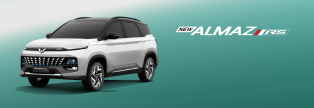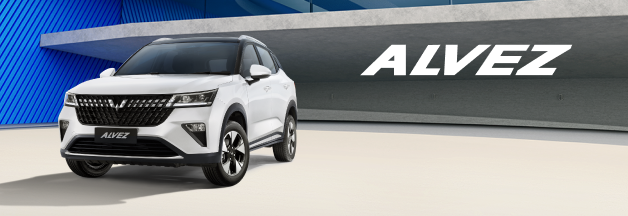8 Effective Strategies for Navigating Traffic Jams in Various Conditions

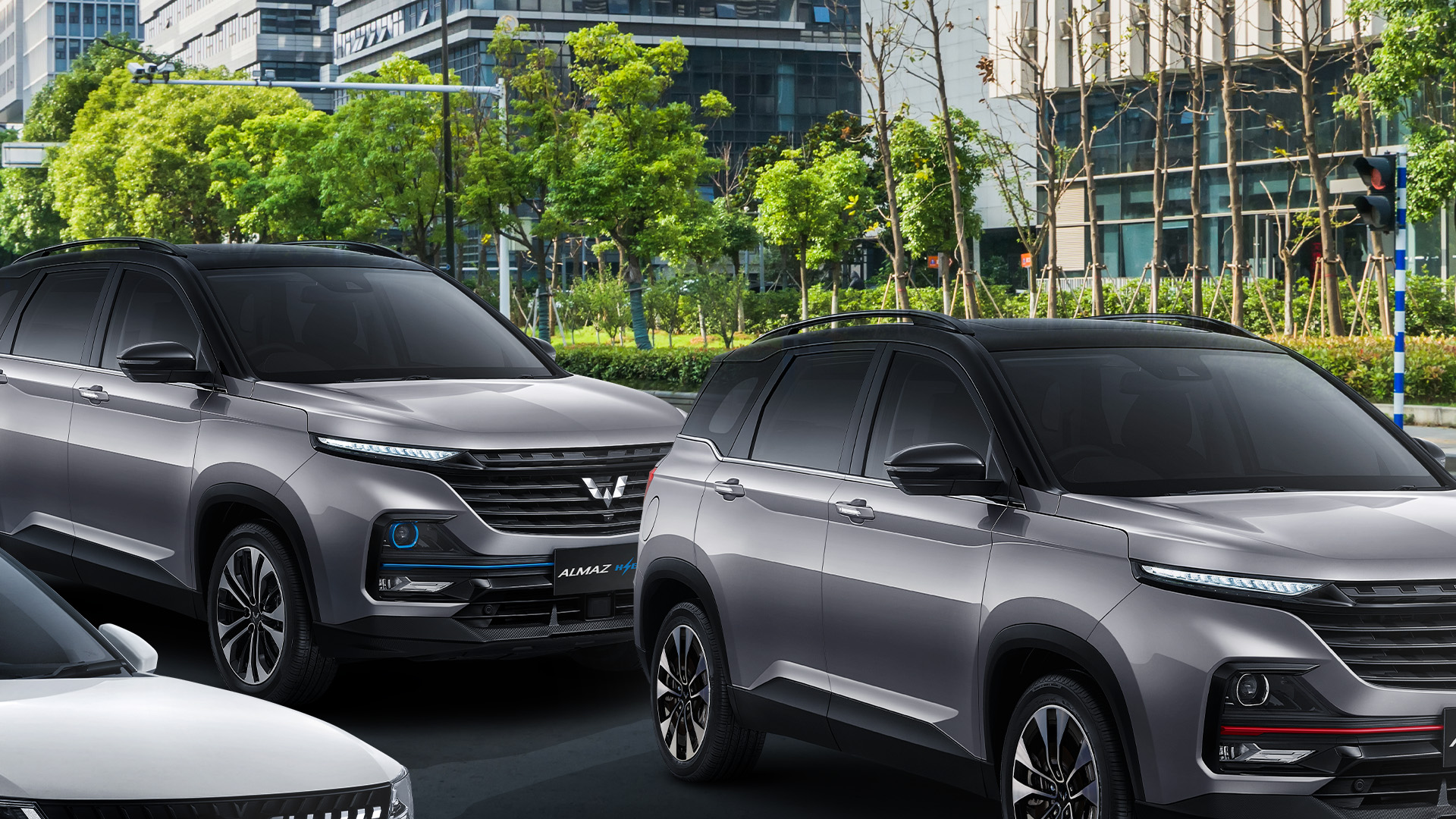
Traffic congestion has become a common challenge for drivers in major cities. Every day, especially during rush hours, urban streets are inevitably plagued by traffic jams. This phenomenon isn't limited to city centers—it often occurs in popular tourist areas too, especially on weekends or during holiday seasons.
Navigating congested roads can pose a unique challenge for drivers, particularly for beginners. If you're looking to drive safely and comfortably through traffic, here are several valuable tips and techniques to consider. Explore these seven essential strategies!
1. Maintain a Safe Following Distance
Prioritize keeping a safe distance from the vehicle in front of you. A safe following distance allows you adequate time to react in case of sudden braking. Generally, a safe distance equates to approximately 3 seconds. Ensure that your car has about a 3-second gap from the preceding vehicle, giving you ample time to match its movements.
Stay vigilant about the movements of the vehicle in front of you, whether it's coming to a halt or resuming motion. If the vehicle ahead starts moving, prepare to follow suit to maintain a continuous flow of traffic.
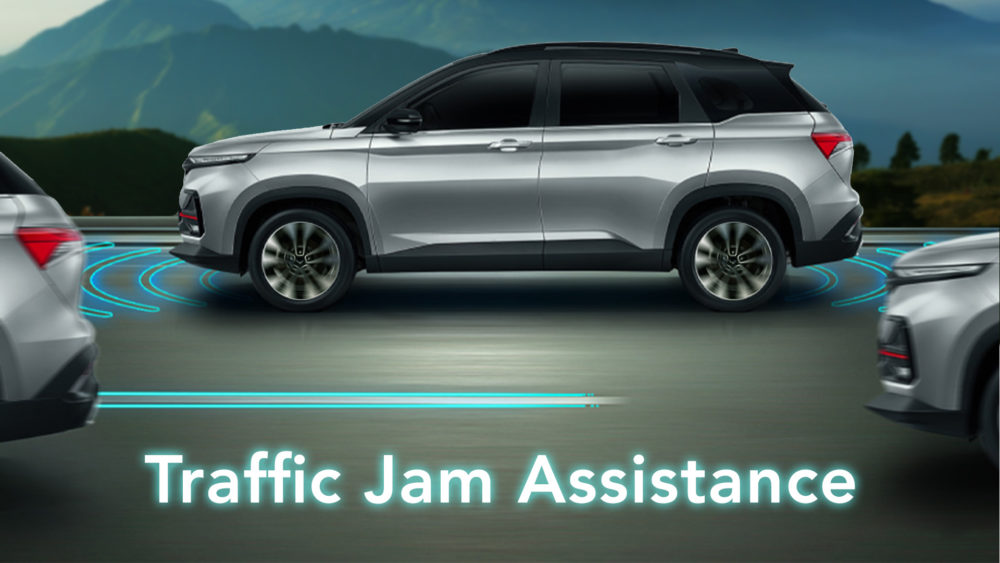
2. Signal Lane Changes
When switching lanes, always use your turn signals to indicate your intentions. Turn signals serve as a vital way to communicate your lane-change plans to drivers around you. This minimizes the risk of accidents and contributes to a more organized traffic flow.
Baca Juga
Activate your turn signals a few moments before changing lanes. Ensure that you have sufficient space to move into the desired lane. Gradually transition into the new lane to avoid collisions with neighboring vehicles.
3. Engage Neutral and Apply the Hand Brake for Extended Stops.
In severe traffic congestion, when you anticipate a prolonged stop, engage the hand brake. This ensures a more secure stop for your vehicle. Using the hand brake also prevents constant pressure on the brake pedal, which can lead to excessive heat generation and brake wear. Excessive pedal use could lead to premature brake deterioration.
However, if the congestion is so severe that you'll be stopped for an extended period, shift to neutral and engage the hand brake. This prevents continuous brake pedal use, offering your foot some respite. You can also utilize the Automatic Vehicle Holding (AVH) feature for a smoother and more comfortable drive.
4. Avoid Abrupt Stops.
When traffic is moving at a crawl, it's important to steer clear of sudden stops to mitigate the risk of rear-end collisions. Instead, reduce your speed gradually by easing off the accelerator. This approach provides drivers behind you with ample time to react.
To avoid abrupt halts, avoid accelerating your car to high speeds from the outset. Maintain a low speed and proceed gradually when navigating through congestion.
5. Utilize Lower Gears
When driving in traffic jams with a manual transmission car, especially in slow-moving conditions, utilize lower gears, typically first or second gear. Opt for first gear in severe congestion. This helps you maintain better control over your vehicle and reduces the risk of stalling due to excessive engine load. If you're driving an automatic transmission car, select the "D" (drive) position for slow movement and apply the brake pedal to halt.
6. Avoid Half-Clutch Usage
Baca Juga
For manual transmission car users, a common query is how to use the clutch on inclines and in traffic. When driving in congestion with a manual car, it's best to avoid half-clutch usage. Half-clutching involves partially depressing the clutch pedal. This action leads to excessive friction on the clutch plate.
This could lead to premature wear and a burnt odor resembling something overheating. In certain cases, it could even result in the engine stalling. Consequently, it's advisable to steer clear of half-clutching.
7. Maintain Emotional Balance.
Emotional control is crucial while driving, especially in traffic. Congestion can be stressful and provoke emotional reactions from drivers. However, it's important to remember that driving while emotionally charged impairs clear thinking and increases the risk of accidents. Maintaining emotional composure behind the wheel is an essential practice.
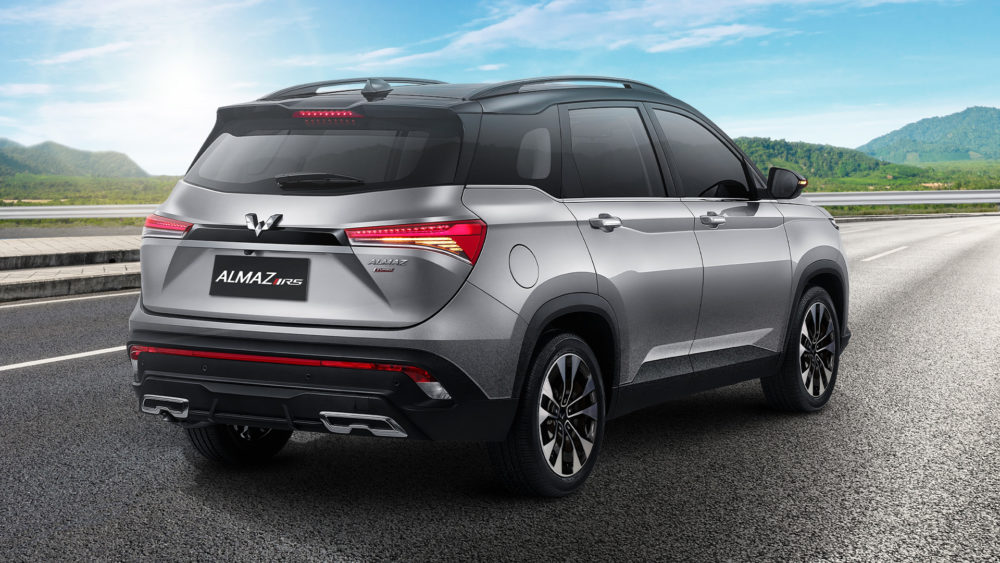
8. Leverage the Traffic Jam Assistance Feature
You may encounter descents or ascents while navigating traffic jams. For instance, when driving through the scenic Puncak region in Bogor, In such situations, be attentive to road conditions, remaining prepared for the terrain ahead. Maintain a slow speed and stay ready to engage the brake.
Moreover, you can utilize the Traffic Jam Assistance (TJA) feature. TJA is an automated feature that adjusts your vehicle's speed, maintains a safe distance from vehicles ahead, and keeps your vehicle centered within the lane. This feature is available in Wuling Almaz RS and Wuling Alvez cars at speeds ranging from 0 to 60 kilometers per hour.
TJA operates using sensors. When sensors detect congestion, the TJA system activates to monitor the distance and speed of traffic ahead. As traffic starts moving again, the TJA system automatically propels your car forward.
To activate the TJA feature, engage the Adaptive Cruise Control (ACC) feature within the Advanced Driver Assistance System (ADAS) of the Almaz and Alvez vehicles. ACC assists drivers in maintaining a specified speed. With ACC, you won't need to constantly adjust the accelerator pedal, as the feature adapts your speed to traffic conditions.
Leveraging the Traffic Jam Assistance feature enables you to tackle congested traffic more easily, ensuring a safe following distance throughout your journey. This enhances your driving comfort, even during prolonged traffic holdups.
However, it's essential to remember that TJA is not autonomous driving—it requires active driver engagement. Drivers must remain alert and in control of the vehicle. Continuous assessment of traffic conditions is crucial to avoiding potential accidents.
Maintain patience and composure while driving amidst congestion. Although traffic jams can be frustrating, prioritize your safety and that of fellow road users. By following the tips and strategies outlined above for driving through traffic jams, you'll be better equipped to navigate congested roads during each journey.
SHARE:


